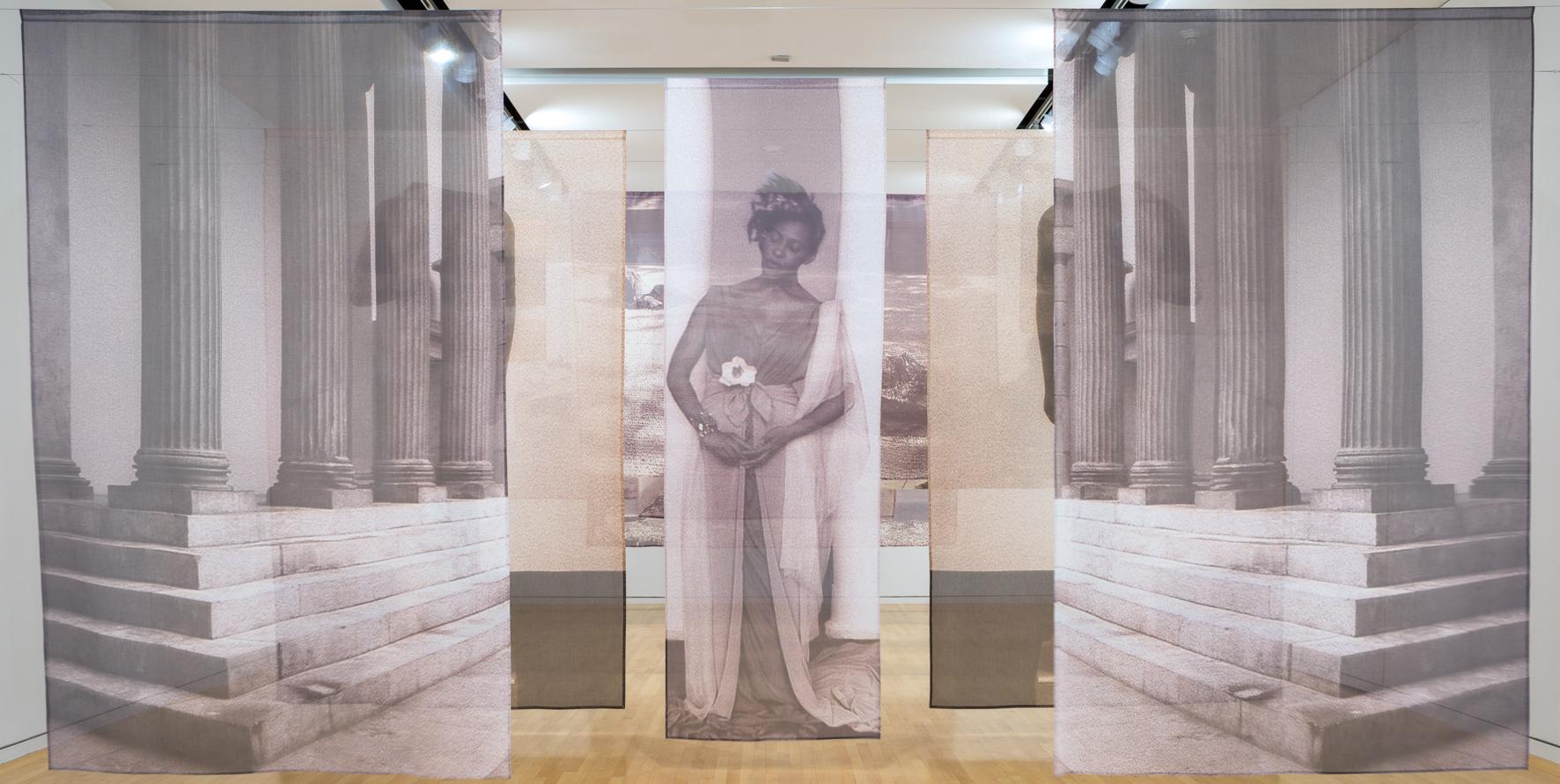
1 minute read
Kara Walker — The Bush, Skinny, De-Boning
Kara Walker (American, born 1969) The Bush, Skinny, De-Boning
2002 Stainless steel painted black 7 x 6 x 1 in Mary and Leigh Block Museum of Art, Northwestern University, gift of Peter Norton, 2016.4.58
In Kara Walker’s small-scale sculpture, three vignettes—The Bush, Skinny, De-Boning—convey a grim antebellum nightmare, where the viewer senses cruelty and danger but cannot make sense of the details. The sculptures use a language similar to Walker’s larger wall silhouettes, for which she is wellknown, to represent the daily violence of slavery and the culture that surrounded it. Figures appear as flattened, two-dimensional shapes—with menacing tools and such details as a hood that is a familiar symbol of the Ku Klux Klan. The combination of people and potentially harmful objects—a knife, a hoe, a long, truncheon-like object—suggest a place where cruelty and danger are lurking everywhere. Walker’s work is rife with gratuitous brutality, sexual exploitation, and senseless violence. In precious miniature size, Walker’s scenes evoke a feeling of horror and disgust and remind us, as Clint Smith has written, “Sexual violence was ubiquitous throughout slavery, and it followed enslaved women wherever they went.”
With her quasi-narrative approach, Walker makes visible atrocities that were ever-present on plantations, but in a form that registers almost as a fable or allegory. Walker’s work gives form to an unspeakable part of 19th century American history, in Smith’s words, to “throw away the veil and convey what so few plantations have ever been willing to acknowledge.”










